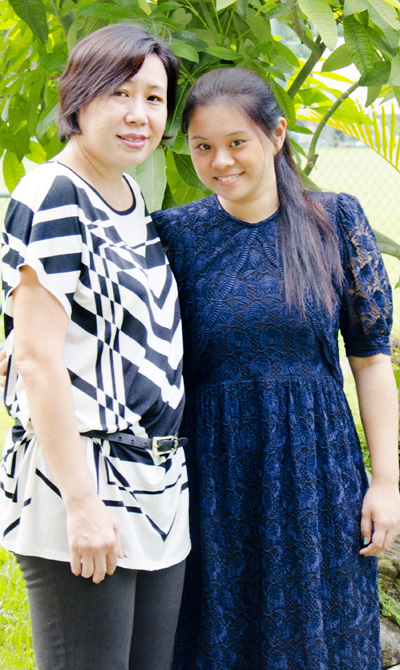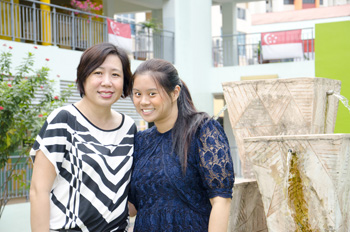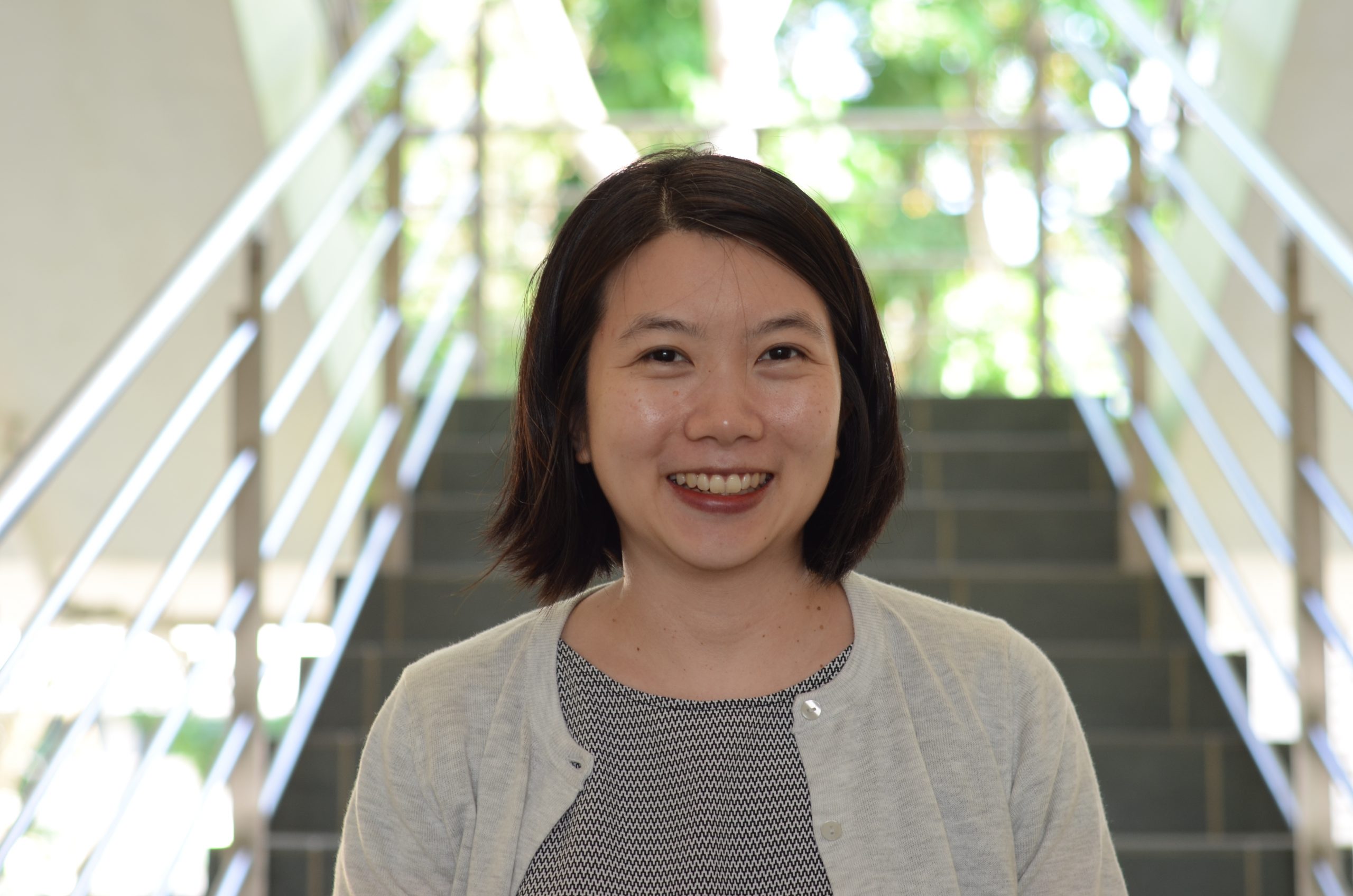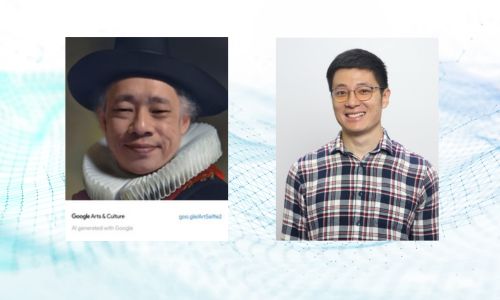A Learning Journey in Changi
A field trip is a great way to combine learning and fun for students. The Humanities teachers at Seng Kang Secondary School share how they got their students to become more involved in their learning.
 If there were any teachers who like field trips as much as their students, it’d be the Humanities teachers at Seng Kang Secondary School.
If there were any teachers who like field trips as much as their students, it’d be the Humanities teachers at Seng Kang Secondary School.
“We had fun,” says Mdm Wee Shen Sze, “and we were the first ones to come up with a Changi field trip!” She is referring to how there are learning packages available for places such as Labrador Park and Fort Canning Park, but not Changi.
She and Ms Joani Lim are part of the team that came up with an integrated Humanities field trip for their Secondary 1 students last year.
They found Changi ideal because places such as the Changi Beach Park and Changi Museum allow them to integrate Geography and History learning in one trip.
A Different Approach
Joani and Shen wanted something different from previous field trips, where students would arrive at the site and look for answers to specific questions in a thick booklet.
Such an approach limited their students’ learning. It became just information gathering, instead of the students actively thinking and observing what was happening around them. They decided to try the inquiry approach instead.
Before the trip, they asked students to do research on Changi. “We deliberately didn’t tell them what to research on,” Joani recalls. “It was more of, ‘Go and find out interesting things about Changi’. If they find ghost stories of Changi, so be it! It was basically to get them interested in the places there.”
Active Learning
Once the students’ curiosity had been aroused, the teachers revealed the inquiry-based hypothesis, “Changi is an ideal place for family gatherings”, and asked them to discuss it.
For the field trip, Joani and Shen “activated” all the other teachers in the Humanities department, who stationed themselves at different locations in Changi. At each station, students engaged in a different activity instead of just taking notes.
For instance, at the Sook Ching Massacre site at Changi Beach Park, teachers tried to evoke historical empathy in students by doing a visualization exercise. They closed their eyes and imagined what had happened there during World War II. After that, they wrote a letter to an imaginary prisoner-of-war.
At the Johor Battery, students assessed whether it was a good tourist site. To do that, they interviewed people using a questionnaire they had created themselves. It was a chance for them to build their self-confidence and communication skills.
There was a shift of our understanding in fieldwork. It’s something that you have to facilitate.
– Wee Shen Sze, Seng Kang Secondary School
Learning beyond the Textbook
Besides making the activities varied and fun, the teachers also wanted to make the learning challenging for students by going beyond the syllabus.
The Secondary 1 students had not learned Physical Geography at the time, but one of the tasks they did was to observe the waves at the beach and to assess if it was a safe place for families.
“Just because they were not doing Physical Geography doesn’t mean that they cannot learn it,” Shen says. “It requires a lot of observation skills, and one of the things we wanted was for the kids to observe the surroundings around them.”
And while you may teach students about coastal erosion, it may not mean much to them until they see if for themselves.
“If you bring them to an affected part of Changi Beach, they’ll go, ‘Huh, where’s the beach?’” says Joani. “That’s when they realize something is wrong, and they find a historical or geographical concept to articulate it. That’s what we wanted them to do.”
Facilitating Collaborative Work
Throughout the trip, the teachers were mindful that they were there to facilitate and not instruct. “There was a shift of our understanding in fieldwork. It’s something that you have to facilitate,” says Joani.
Facilitation has its own challenges. One was in facilitating collaborative work among the students.
“There’re a lot of assumptions made about students, that they’re able to interact naturally in a group,” Shen observes. “Even though you give them roles, you assume the leader will always know how to play the role of a leader, but not necessarily so.”
“We had to teach them group work skills too,” she adds. “It’s learning for both the teachers and the students.”
Teachers were not able to constantly monitor the groups during the field trip. Instead, they asked students to record the actions and conversations of their groups as part of their e-portfolio. Together with their findings and observations, these were presented to the class after the field trip.
The planning of the field trip took 2 months, which is certainly a lot of time for busy teachers like Joani and Shen. Even though the trip was a logistical and physical challenge for them, it’s clear that their students were learning more deeply. And this is certainly the kind of learning worth investing in!
Useful Resource
Joani and Shen conducted a workshop entitled “Integrated Humanities Learning Journey to Changi: The Use of ICT in IBL-Infused Fieldwork” with their colleagues Mdm Hartini Mohamed and Mdm Zmelda Norazlina Zulkefle at the Redesigning Pedagogy Conference 2013. For more articles about the conference, see Issue 43 of SingTeach.







